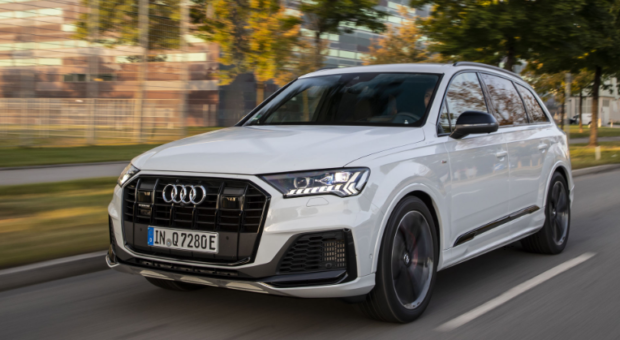
When it comes to automobiles, one of the most important components is the wheels. The wheels are responsible for carrying the weight of the vehicle and providing the necessary traction to propel the vehicle forward. In order for the wheels to perform optimally, they need to be able to withstand a certain amount of pressure. I
n this article, we will discuss the maximum pressure in the wheels depending on the size of the minivan, sedan, station wagon, and SUV.
What is Wheel Pressure?
Before we delve into the maximum pressure in the wheels, it’s important to understand what wheel pressure is and how it affects the performance of the vehicle. Wheel pressure refers to the amount of air that is contained within the tire.
The pressure within the tire affects several factors, including the vehicle’s handling, fuel economy, and tire wear.
The Importance of Proper Wheel Pressure
Proper wheel pressure is critical to the performance of the vehicle. When the wheels are underinflated, they can lead to decreased handling and increased fuel consumption. On the other hand, overinflated wheels can lead to reduced traction and increased tire wear. It’s important to maintain the correct wheel pressure to ensure that the wheels perform optimally.
Maximum Pressure in the Wheels
The maximum pressure in the wheels is determined by several factors, including the size of the tire, the weight of the vehicle, and the manufacturer’s recommendations. The pressure in the wheels is measured in units of pressure, such as pounds per square inch (psi) or kilopascals (kPa).
When it comes to the maximum pressure in the wheels, the size of the vehicle plays a significant role. Generally speaking, larger vehicles like SUVs and minivans have larger tires and require higher tire pressures than smaller vehicles like sedans and station wagons.
If you’re looking to ensure that your vehicle’s wheels perform optimally, it’s essential to understand the maximum pressure in the wheels. By maintaining the correct wheel pressure, you can improve the handling of the vehicle, increase fuel economy, and reduce tire wear. This is particularly important for larger vehicles like SUVs and minivans, which require higher tire pressures to support the weight of the vehicle.
In conclusion, the maximum pressure in the wheels depends on several factors, including the size of the tire, the weight of the vehicle, and the manufacturer’s recommendations. Larger vehicles like SUVs and minivans typically require higher tire pressures than smaller vehicles like sedans and station wagons. By maintaining the correct wheel pressure, you can improve the handling of the vehicle, increase fuel economy, and reduce tire wear. So, if you’re looking to ensure that your vehicle’s wheels perform optimally, it’s essential to pay attention to the maximum pressure in the wheels and ensure that they’re inflated to the recommended pressure.
















